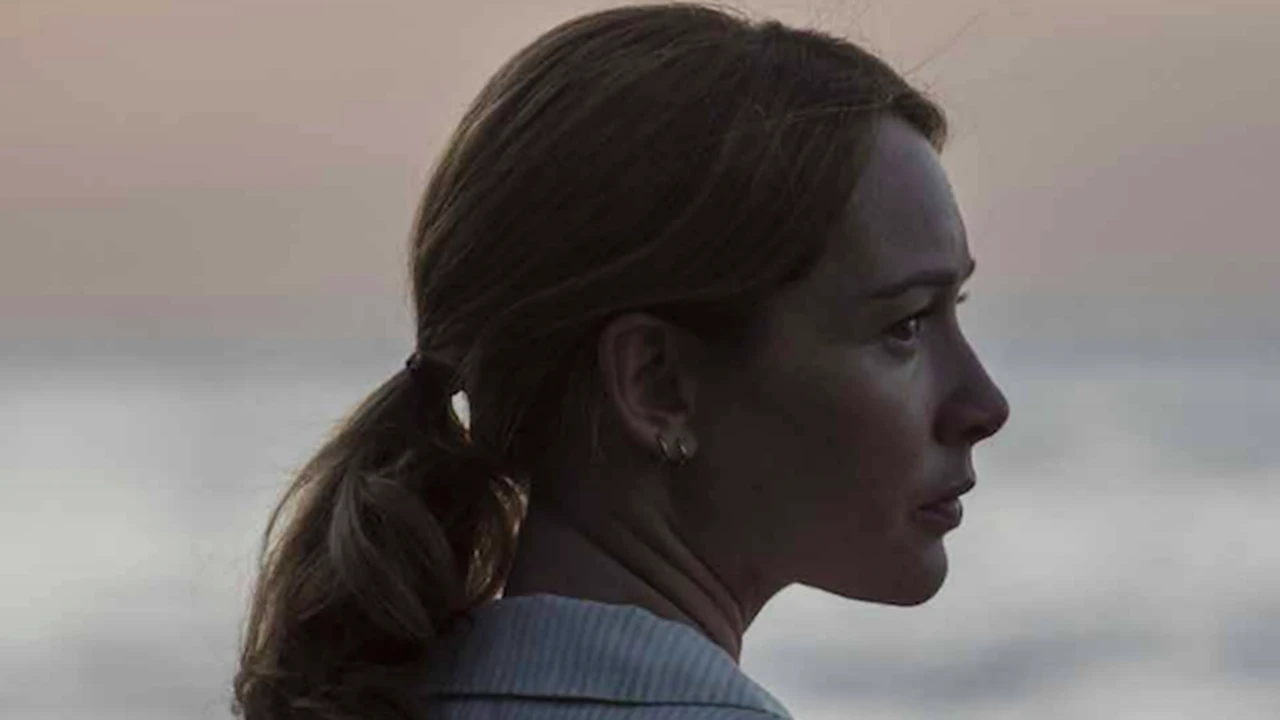22 gennaio 2024: Italian Cinema Research Days – University of Warwick
Women’s On-Screen Representation and Behind-the-Scenes Employment in Italian TV Crime Drama
The research discussed in the talk originates in the framework of the H2020 project ‘DETECt’, which aimed at analysing the impact of popular culture, specifically crime narratives in film, literature, and television, on the creation of a cross-cultural European identity.
We currently carry on this strand of research within the national project ‘The Atlas of Italian “Giallo”. Media history and popular culture (1954-2020)’ as well as within the GEMINI Observatory on Gender Equality and Diversity in Audiovisual Media promoted by the European research project ‘GEMINI. Gender Equality through Media Investigation and New Training Insights’.
Questioning European identity as a network of values and a space of dialogue between different identity constructs, including gender, is a fundamental premise of the research, which adopts both top-down and bottom-up perspectives. From a top-down perspective, the values of equality, diversity, and inclusion are explicitly stated in European treaties and declarations and in the audiovisual sector are now supported by a variety of policies. From a bottom-up perspective, serial dramas, and notably TV crime series, can be seen as ‘mediated cultural encounters’ that promote and spread shared values across borders.
Within this general framework, the research combines quantitative social research tools, text-based analysis, and production studies to analyse the portrayal of female characters and women’s employment in key behind-the-scenes roles in Italian TV crime dramas distributed from Fall 2015 to Summer 2023.
The research has two main goals: first, to understand how crime narratives address gender equality and diversity from a twofold perspective – behind-the-scenes and on-screen; second, to understand how a sample analysis, targeting a specific case study, can help identify general trends such as those coming from the analysis of large datasets.
Despite some methodological challenges addressed in the talk, particularly about data comparability and intersectional approaches, we argue that the findings reached through this study may extend beyond the boundaries of the crime genre.
Regarding behind-the-scenes roles, the Italian television sector shows strong inequalities, especially in top positions. In terms of on-screen representation, Italian serial dramas confirm concerns for gendered ageism and show a substantial lack of diversity regarding gender identity, race, and geographical origin. Although the share of female leads and co-leads aligns with the international scenario, more specific insights into crime narratives’ characters reveal a still very unbalanced situation, where leadership positions and supervisory power continue to be almost exclusively held by men. Finally, the percentages of female characters in the role of victim and criminal provide insight into the issue of gender-based violence in Italian society and how women are viewed as vulnerable individuals who are at risk of male aggression.
Main references
Bondebjerg I. et al. (2017), Transnational European Television Drama: Production, Genres and Audiences, Palgrave Macmillan
D’Amelio E., Re V. (2021), “Neither voiceless nor unbelievable: Women detectives & rape culture in contemporary Italian TV”, MAI: Feminism & Visual Culture, 7
D’Amelio E., Re V. (2023), “A ‘Bottom-Up’ Approach to Transcultural Identities: Petra and Women Detectives in Italian TV Crime Drama”. In: Dall’Asta, M., Migozzi, J., Pagello, F., Pepper, A. (eds) Contemporary European Crime Fiction. Palgrave Macmillan, pp. 229-251
Re V., Spalletta M. (2023), “Unsuitable jobs for women. Women’s Behind-the-Scenes Employment and Female On-Screen Representation in Italian TV Crime Drama”, Comunicazioni sociali, 1, pp. 82-97
Re V., Spalletta M. (2023), “Women Behind the Scenes: A Data-Driven Approach to Analyse Female Labour in Italian Television”. In Avezzù, G., Rocchi, M. (eds), Audiovisual Data. Data Driven Perspectives for Media Studies, Media Mutations Publishing, pp. 65-86
Trenz H.-J. (2016), Narrating European Society: Toward a Sociology of European Integration, Lexington Books
Reports
BBC (2022), 50:50 The Equality Project. Impact Report 2022
BFI (2021), Review of the BFI Diversity Standards. A summary of industry perspectives & recommendations
Fontaine G. (2023), Female audiovisual professionals in European TV fiction production. 2021 figures, European Audiovisual Observatory
Lauzen Martha M. (2022), Boxed In: Women On Screen and Behind the Scenes on Broadcast and Streaming Television in 2021-22
RAI (2022), Monitoraggio sulla rappresentazione della figura femminile, sulla capacità di garantire il pluralismo di temi, soggetti e linguaggi e contribuire alla creazione di coesione sociale nella programmazione rai trasmessa nell’anno solare 2022
Smith Stacy L. et al. (2023), Inclusion in Netflix Original U.S. Scripted Series & Films, USC Annenberg Inclusion Initiative
UCLA (2022), Hollywood Diversity Report 2022, Part 2: Television
UCLA (2023), Hollywood Diversity Report 2023, Part 2: Television

